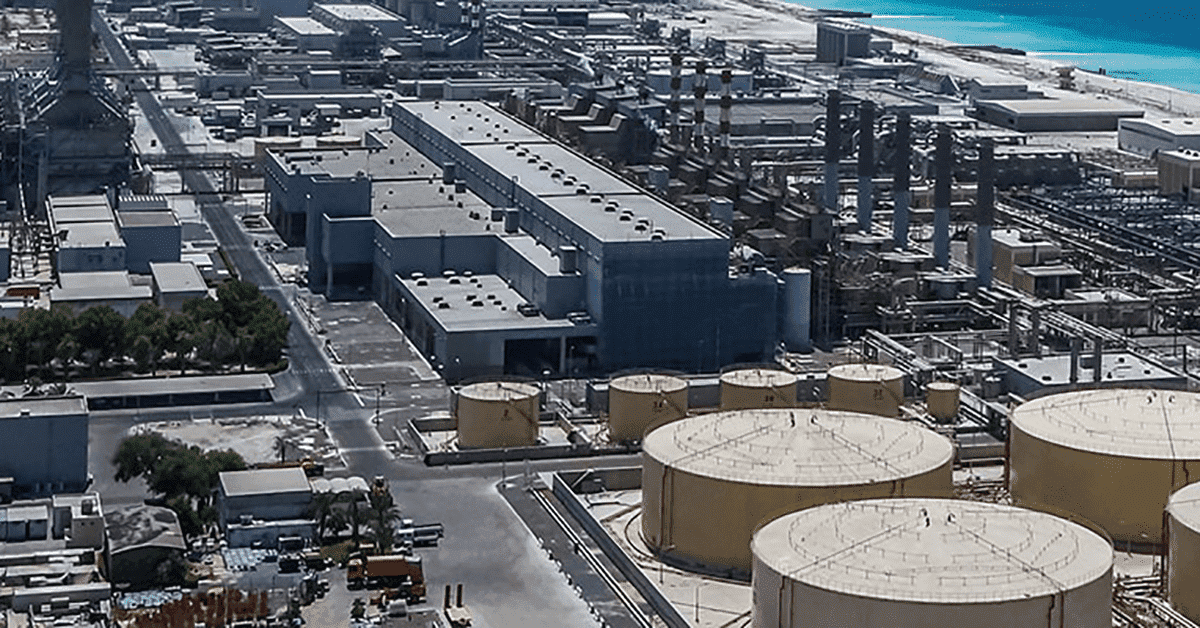DoE grant links infrared thermography to ceramic membrane manufacturing
The United States Department of Energy Advanced Manufacturing Office has awarded a $1.1 million grant to ceramic membrane manufacturer, Membrion, to develop a system to provide real-time analytics on its roll-to-roll production line.
The need for real-time data
The United States Department of Energy (DOE), Advanced Manufacturing Office (AMO), has awarded a $1.1 million grant to ceramic membrane manufacturer, Membrion, to develop a system to provide real-time analytics on its roll-to-roll production line.
The Seattle-based ceramic ion exchange desalination membrane manufacturer will use the grant to build, install and optimise a real-time analytics system that will leverage artificial intelligence and machine learning.
The award comes from the DOE's water security grand challenge that is seeking to manage water security and find solutions to water stress.
“Goal One of the Water Security Grand Challenge is to launch desalination technologies that deliver cost-competitive clean water," said Greg Newbloom, founder and chief executive officer of Membrion.
"However, continuing to ramp up mass production of new technology isn’t a trivial task. This DOE grant will give us the resources needed to mass produce high-quality membranes," he went on to say.
Currently, there is a lack of in-line quality control processes for roll-to-roll ceramic membrane production, which is seen as a hurdle preventing new membrane technologies progressing from laboratory to commercial production.
Infrared thermography
The Phase I project began with Membrion screening 50 membrane inspection systems for quality control and inspection methods.
It discovered that infrared thermography technology from the National Renewable Energy Lab (NREL), provided the optimal in-line technology required as it combines temperature to key desalination performance metrics to determine membrane quality.
Infrared thermography uses an infrared imaging and measurement camera to see and measure invisible infrared energy being emitted from an object.
Dr Olivia Lenz, principal investigator at the organisation said the reason infrared thermography was able to map the entire ceramic membrane in a matter of seconds, rather than days.
“Phase II of the inspection system project will allow Membrion to deliver a consistently high-quality desalination membrane at a lower cost.”
Phase II will see Membrion integrate the infrared thermography technology on its own production line.
Then it will implement the image processing software that uses machine learning and integrated AI to inspect the membrane as it passes through and alert the light operator if the membrane is out of specification.
“Phase II of the inspection system project will allow Membrion to deliver a consistently high-quality desalination membrane at a lower cost," said Dr Lenz.
Membrion says its current method of quality checking is a multi-day process to get membrane quality data.
Aquatech Online recently documented other developments in ceramic membranes, as the technology becomes increasingly adopted in municipal water applications.
Advancing the sector
The DOE is keen to make sure that the award and the work being done by Membrion benefits the wider ceramic membrane sector.
Since the product can operate in manufacturing facilities with differing environments and conditions, it can be utilised in other facilities and across industries.
“This work will benefit across the membrane industry, allowing manufacturers in other industrial spaces to deliver consistent membrane and filter quality.”
The award includes a stipend to commercialise the technology and its integrated software - making it accessible to any manufacturer.
“We are pleased to collaborate with NREL, to serve the Department of Energy, and to solve one of the biggest challenges of our industry, that of reliable and efficient inspections,” Dr. Lenz stated.
"This work will benefit across the membrane industry, allowing manufacturers in other industrial spaces to deliver consistent membrane and filter quality. We can have consistently high quality because we have the assurance that comes from the data.”
Related content
- Tech dive: moment of truth for ceramic membranes
- Why we bought PWNT: Holterman strengthens Dutch tech powerhous with ceramics
- The perfect storm for ceramic membranes?
We promise never to send you spam and you can unsubscribe at any time!





